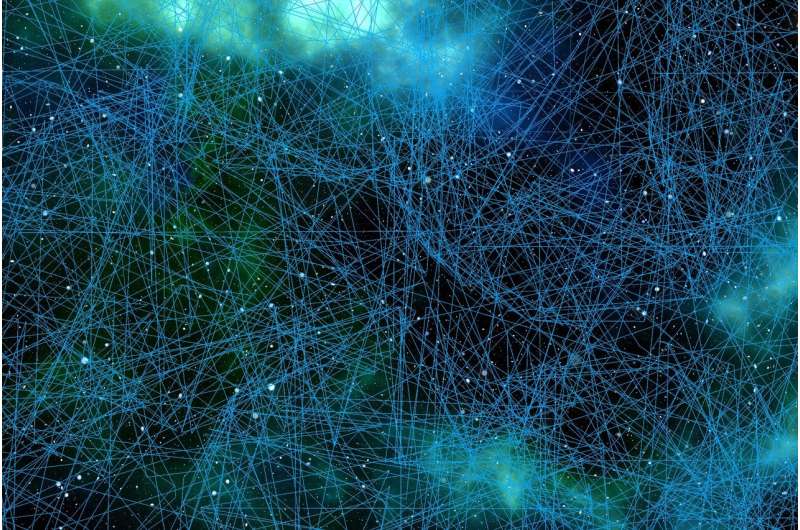Researchers map human sensory neurons, pursue chronic pain cure

An investigation into how human nerve cells differ from animal cells has provided researchers from The University of Texas at Dallas' Center for Advanced Pain Studies (CAPS) with important clues in the pursuit of more effective treatments for chronic pain.
Dr. Ted Price BS'97, Ashbel Smith Professor of neuroscience in the School of Behavioral and Brain Sciences (BBS) and CAPS director, leads a team that is analyzing the origins of how pain is generated by nociceptors—pain-sensing nerve cells—in human dorsal root ganglia (DRG) neurons. Price is co-corresponding author of a study, featured on the cover of the Feb. 16 issue of Science Translational Medicine, that charts the full range of messenger RNA (mRNA) strands—a grouping called the transcriptome—produced in these cells.
Because mRNA is a single-stranded copy of a gene that can be translated into protein, the findings provide neuroscientists with a much better understanding of which genes are expressed in DRG neurons. The study also reinforces the value of studying human tissue—as opposed to animal cells—in the search for pain treatments.
DRG neurons are specialized nerve cells clustered near the base of the spine. Very little work has been done previously with these cells from humans due to the scarcity of their availability for research.
"We're one of the few groups in the country with access to human donor DRG tissue acquired specifically for research," said Stephanie Shiers Ph.D.'19, neuroscience research scientist and a joint first author of the paper.
Shiers' prior research made the case in broad terms that significant differences exist between the nociceptors in mice and humans. That work explained why proposed pain treatments that succeed in mice fail in humans.
"This paper is the next step, clearly demonstrating the profound scale of those differences," Price said. "An entire set of nociceptors that many people study in mice just aren't found in humans. There are subtypes in humans that don't exist even in nonhuman primates.
"It's not that we should abandon all existing nonhuman models of pain. But some are really good, while others aren't, depending on what you want to study. When it comes to this aspect of pain, our work shows which is which."
To profile all the gene activity in a DRG tissue sample, the research team used an advanced technique called spatial transcriptomics, which has enhanced capabilities compared with single-cell RNA sequencing.
"It's rare to have access to both the human tissue we used and to the technology," said Dr. Diana Tavares-Ferreira, also a co-first and co-corresponding author of the study and a CAPS fellow. "Spatial transcriptomics allows us to overcome the large size of these neurons and to see with a degree of certainty where and how a gene is expressed in human nociceptors.
"Our main goal was to fully characterize the whole transcriptome of human DRG neurons because so much of the work that's been done to find new pain therapeutic targets has been in mice. Our results help clarify why those efforts struggle to produce results."
By describing the neuron types present in human DRG and detailing their gene expression, the team has a much better picture of what the physiological functions are for each gene, Price said.
"With that knowledge, not only can anybody use our data to seek drug targets that they couldn't have sought before, but in some cases we also don't need to use the mice at all now. We can use the human information," he said.
Price called removing that reliance on animal models "a fundamental change," because it allows scientists to explore how any cell type might interact with any neuron in the human peripheral nervous system.
"We're now able to approach developing pain therapeutics in a more specific way and to think about how chronic pain happens in people in a different way," Price said. "My hope is that our findings can change the way people do research in our field. It's a road map that we will use, and others are welcome to follow."
More information: Diana Tavares-Ferreira et al, Spatial transcriptomics of dorsal root ganglia identifies molecular signatures of human nociceptors, Science Translational Medicine (2022). DOI: 10.1126/scitranslmed.abj8186


















